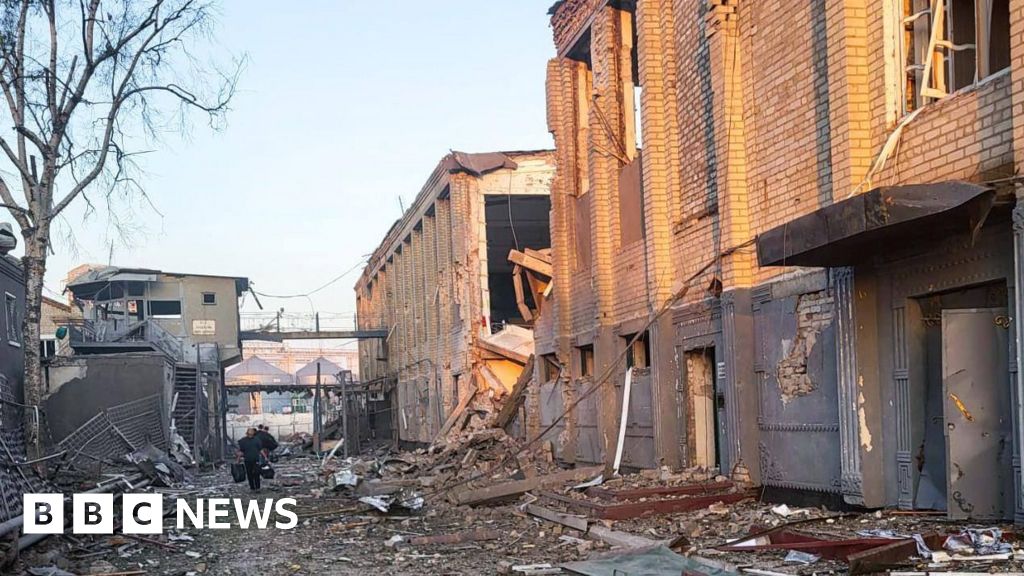The climate lever even seasoned sustainability pros miss

After 20 years working in sustainability, I thought I understood most levers companies could pull to drive impact. As a former CEO and longtime sustainability leader, I have spent my career trying to drive systems change by making businesses and supply chains more sustainable and resilient, advocating for transparency, championing responsible sourcing, and pushing for more equity in business.
In these roles, I’ve thought about where companies banked, how 401(k)s were invested, and even how philanthropic dollars could fund this work. Climate finance came up in those contexts, often tied to investors, philanthropy, or policy. But I had never looked closely at insurance.
That turned out to be a major oversight but also a lightbulb moment.
Why insurance?
Insurance is one of the most powerful, least understood systems shaping business and risk. It doesn’t just protect value, it influences where value flows in the first place. And once I began to see that, I couldn’t unsee it.
The scale is staggering. The industry collects about $8 trillion in premiums each year and manages around $35 trillion in assets. Underwriting decisions influence what gets built, what gets financed, and how companies prepare for risk. These decisions often happen behind the scenes, but they quietly define the boundaries of business.
Until recently, I had not considered insurance as a climate lever. Now I see it as an important and underutilized tool to accelerate resilience and impact.
Insurance doesn’t just reflect risk. It prices it. And pricing influences behavior. When insurers begin to recognize climate-smart practices and reward resilience, they do more than react to a changing world. They help shape it.
Insurance and climate
That is what led me to join Premiums for the Planet.
We work with companies that want to reduce risk, lower costs, and build long-term resilience. Some are vocal about their sustainability goals. Others are making progress quietly, especially in today’s political climate, where public conversations around climate and sustainability have become more polarized. But across the board, the work is still happening and insurance can help it go further.
Because this is no longer just about climate commitments. It is about business fundamentals and how we can transform business as usual.
Insurance is something every company needs and already buys. But few think about how it could be doing more for both their business and the planet. When companies begin to see insurance as a strategic tool, not just a budget line item, they start asking better questions.
Are we covered for the risks we are truly facing in a rapidly evolving climate? Do insurers see the investments we have made in sustainability? How can smarter risk management improve our terms or help fund what comes next?
Each of these questions opens up opportunities. Companies that explore them often uncover ways to save money, strengthen coverage, and align their insurance strategy with long-term goals.
In the short term, insurance can uncover savings and plug gaps. In the medium term, it can enhance business resilience in a warming world and reduce the risks that often go unaccounted for. In the long term, it has the potential to transform an industry that is long overdue for change.
That transformation matters. Insurers have the ability to influence entire markets. Their decisions can help slow harmful sectors like fossil fuels and unsustainable land use. Just as importantly, they can help accelerate the growth of renewables, regenerative agriculture, climate technology, and resilient infrastructure by de-risking their development, rewarding their performance, and making them more investable.
Insurers as partners
Insurers do not need to be cast as villains. The real opportunity is to bring them in as partners. These are institutions that have spent decades pricing risk. They understand long-term exposure. And they are well positioned to help define what a more stable and sustainable economy looks like.
But no one company can shift this system on its own, something I’ve long believed and know from first-hand experience to be true. The insurance industry is too massive, too interconnected, and too entrenched to move for any single player, no matter how large or committed. Change requires coordination. It takes businesses acting together, sending consistent signals, and demanding better alignment between insurance and climate goals.
We often talk about invisible systems. Insurance is one of them. And like any system, it can evolve.
At a time when government regulation is either too slow or a barrier to real change, this is a lever that business can pull now. Quietly or publicly. Through bold messaging or internal changes. Either way, it counts.
We need to broaden our view of climate finance. That means connecting sustainability and risk teams. It means bringing together operations, procurement, legal, and finance. And it means recognizing that insurance is not just a protective layer. It is a tool for change.
The companies that lead in the next decade will not only be more sustainable. They will also be more insurable.
Amina Razvi is chief development and operations officer for Premiums for the Planet.
What's Your Reaction?
 Like
0
Like
0
 Dislike
0
Dislike
0
 Love
0
Love
0
 Funny
0
Funny
0
 Angry
0
Angry
0
 Sad
0
Sad
0
 Wow
0
Wow
0





























































































